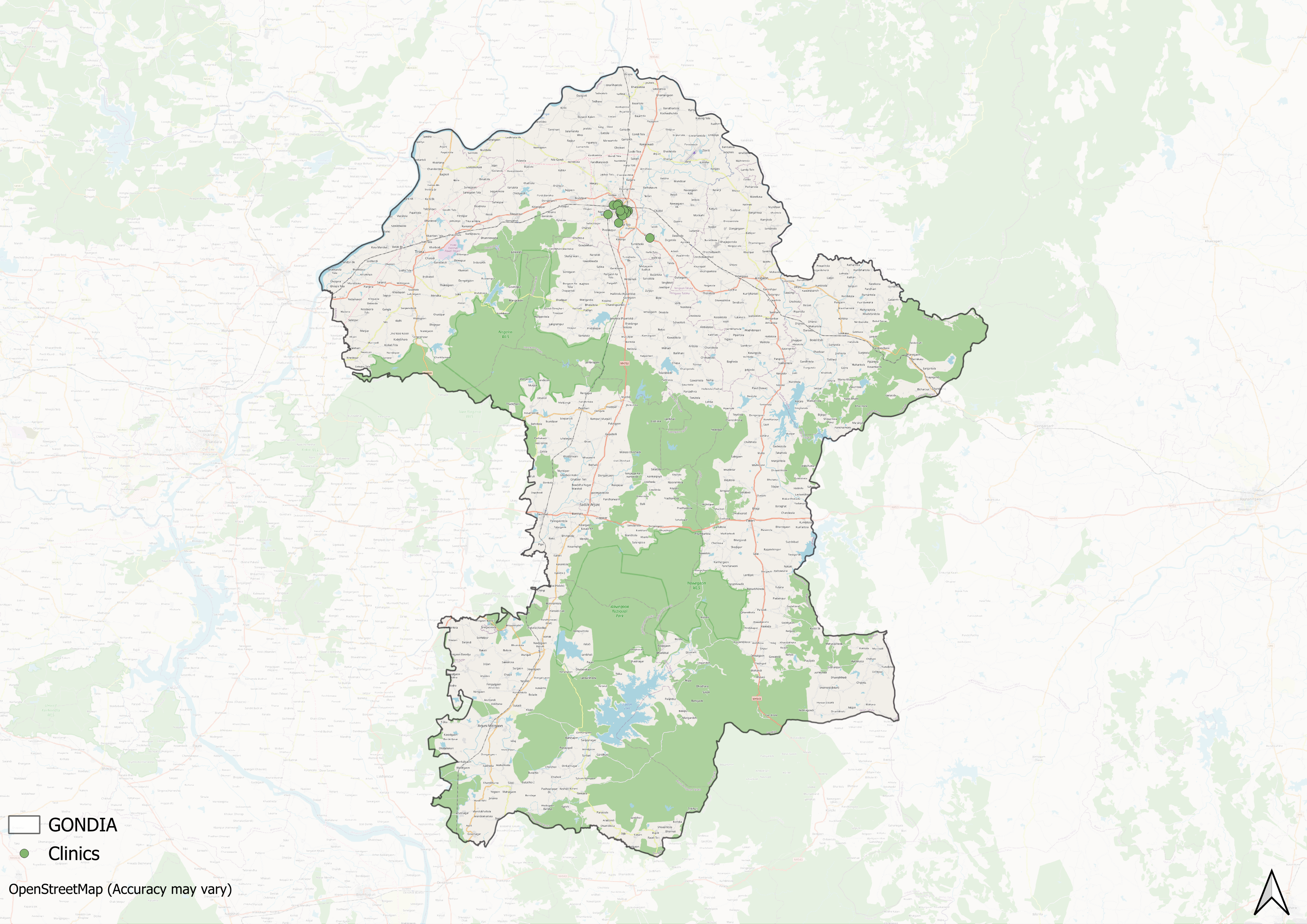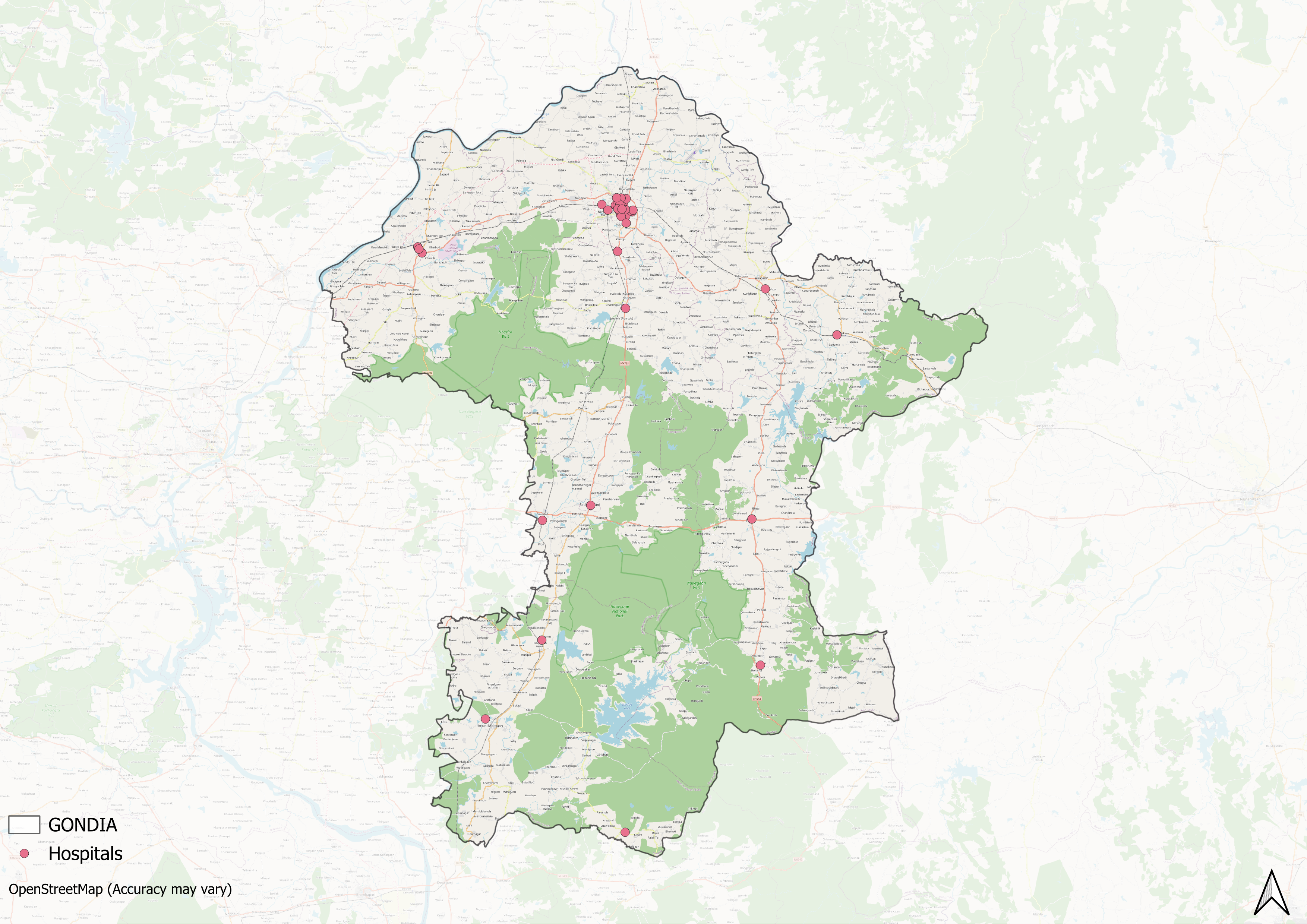Contents
- Healthcare Infrastructure
- Age-Old Practices & Remedies
- Graphs
- Healthcare Facilities and Services
- A. Public and Govt-Aided Medical Facilities
- B. Private Healthcare Facilities
- C. Approved vs Working Anganwadi
- D. Anganwadi Building Types
- E. Anganwadi Workers
- F. Patients in In-Patients Department
- G. Patients in Outpatients Department
- H. Outpatient-to-Inpatient Ratio
- I. Patients Treated in Public Facilities
- J. Operations Conducted
- K. Hysterectomies Performed
- L. Share of Households with Access to Health Amenities
- Morbidity and Mortality
- A. Reported Deaths
- B. Cause of Death
- C. Reported Child and Infant Deaths
- D. Reported Infant Deaths
- E. Select Causes of Infant Death
- F. Number of Children Diseased
- G. Population with High Blood Sugar
- H. Population with Very High Blood Sugar
- I. Population with Mildly Elevated Blood Pressure
- J. Population with Moderately or Severely High Hypertension
- K. Women Examined for Cancer
- L. Alcohol and Tobacco Consumption
- Maternal and Newborn Health
- A. Reported Deliveries
- B. Institutional Births: Public vs Private
- C. Home Births: Skilled vs Non-Skilled Attendants
- D. Live Birth Rate
- E. Still Birth Rate
- F. Maternal Deaths
- G. Registered Births
- H. C-section Deliveries: Public vs Private
- I. Institutional Deliveries through C-Section
- J. Deliveries through C-Section: Public vs Private Facilities
- K. Reported Abortions
- L. Medical Terminations of Pregnancy: Public vs Private
- M. MTPs in Public Institutions before and after 12 Weeks
- N. Average Out of Pocket Expenditure per Delivery in Public Health Facilities
- O. Registrations for Antenatal Care
- P. Antenatal Care Registrations Done in First Trimester
- Q. Iron Folic Acid Consumption Among Pregnant Women
- R. Access to Postnatal Care from Health Personnel Within 2 Days of Delivery
- S. Children Breastfed within One Hour of Birth
- T. Children (6-23 months) Receiving an Adequate Diet
- U. Sex Ratio at Birth
- V. Births Registered with Civil Authority
- W. Institutional Deliveries through C-section
- X. C-section Deliveries: Public vs Private
- Family Planning
- A. Population Using Family Planning Methods
- B. Usage Rate of Select Family Planning Methods
- C. Sterilizations Conducted (Public vs Private Facilities)
- D. Vasectomies
- E. Tubectomies
- F. Contraceptives Distributed
- G. IUD Insertions: Public vs Private
- H. Female Sterilization Rate
- I. Women’s Unmet Need for Family Planning
- J. Fertile Couples in Family Welfare Programs
- K. Family Welfare Centers
- L. Progress of Family Welfare Programs
- Immunization
- A. Vaccinations under the Maternal and Childcare Program
- B. Infants Given the Oral Polio Vaccine
- C. Infants Given the Bacillus Calmette Guerin (BCG) Vaccine
- D. Infants Given Hepatitis Vaccine (Birth Dose)
- E. Infants Given the Pentavalent Vaccines
- F. Infants Given the Measles or Measles Rubella Vaccines
- G. Infants Given the Rotavirus Vaccines
- H. Fully Immunized Children
- I. Adverse Effects of Immunization
- J. Percentage of Children Fully Immunized
- K. Vaccination Rate (Children Aged 12 to 23 months)
- L. Children Primarily Vaccinated in (Public vs Private Health Facilities)
- Nutrition
- A. Children with Nutritional Deficits or Excess
- B. Population Overweight or Obese
- C. Population with Low BMI
- D. Prevalence of Anaemia
- E. Moderately Anaemic Women
- F. Women with Severe Anaemia being Treated at an Institution
- G. Malnourishment Among Infants in Anganwadis
- Sources
GONDIA
Health
Last updated on 26 July 2025. Help us improve the information on this page by clicking on suggest edits or writing to us.
Gondia’s healthcare landscape, like that of many other regions in India, is shaped by a combination of indigenous and Western medical practices. For centuries, local communities have relied on indigenous knowledge and treatments provided by practitioners such as hakims and vaidyas, which formed the foundation of healthcare in the district. This long-standing connection between people and their natural environment influenced how early medical traditions developed and were passed down over generations. Over time, these local systems have continued alongside the introduction and expansion of more specialised medical services.
Healthcare Infrastructure
Much like other regions in India, Gondia’s healthcare infrastructure follows a multi-tiered system that involves both public and private sectors. The public healthcare system is structured into primary, secondary, and tertiary levels. Primary care is provided through Sub Centres and Primary Health Centres (PHCs), secondary care is managed by Community Health Centres (CHCs) and Sub-District hospitals, while tertiary care, the highest level, is delivered through Medical Colleges and District Hospitals.


Supporting this structure is a network of Accredited Social Health Activists (ASHAs) who, as described by the National Health Mission, serve as “an interface between the community and the public health system.” Over time, this multi-layered healthcare model has been continuously shaped and refined by national healthcare policies and reforms, to provide universal health coverage across regions.
This structure is supported by a network of Accredited Social Health Activists (ASHAs) who, as outlined by the National Health Mission, act as a vital link between local communities and public health services. Over time, this system has evolved through national policy changes and local initiatives aimed at strengthening access and coverage.
Historically, Gondia was part of the larger Bhandara district before it was formed as a separate district in 1999. While detailed records for earlier periods are limited, it is likely that basic dispensaries and rural health units were established during the colonial era, similar to developments in other districts across Maharashtra.
At present, according to the district’s website, there are 40 Primary Health Centres and 258 Sub Centres functioning in Gondia. Alongside these, the district has one main district hospital, a dedicated women’s hospital, 10 rural hospitals, and four mobile medical units. A team of medical officers and technical staff work across these facilities to deliver public health services to the population. A key tertiary facility is the Government Medical College and Hospital (K.T.S. Hospital, Gondia), which provides advanced care and medical training.
![Government Medical College (K. T., S. Hospital, Gondia)[1]](/media/statistic/images/maharashtra/gondia/health/government-medical-college-k-t-s-hospital-gon_Rq4LuD1.png)
Over the years, private hospitals and smaller clinics have also emerged across Gondia, supplementing the public system by offering additional general and specialised medical services to local communities.
Age-Old Practices & Remedies
Before the introduction of formal Western healthcare systems and the present-day three-tiered infrastructure, communities in Gondia, like much of India, relied extensively on indigenous medical knowledge and local remedies for their everyday health needs. India’s pluralistic health tradition has long supported the coexistence of multiple healing systems, including folk medicine, Ayurveda, and community-based practices.
In Gondia, this tradition has been particularly strong among indigenous groups such as the Gond, Gawali, Halbi, Pradhan, and Korgu communities, who make up a considerable amount of the district’s demography (see Demography).
These groups draw on local biodiversity, using medicinal plants like Garadi (Cleistanthus collinus) and Biba (Semecarpus anacardium) to address various ailments.
Knowledge about medicinal plants and folk cures is typically passed down through families or community healers, who continue to play an important role in rural areas where access to healthcare facilities may be limited. These traditional practices reflect a longstanding connection between communities and their natural surroundings.
However, as local elders and community members point out, this traditional knowledge is gradually declining. The loss of forest cover, unsustainable harvesting, and expanding agriculture have reduced the availability of many medicinal plants, such as Buch and Bohot. With these pressures, there is a growing concern that valuable plant species may disappear before their full benefits are documented and passed onto future generations.
Graphs
Healthcare Facilities and Services
Morbidity and Mortality
Maternal and Newborn Health
Family Planning
Immunization
Nutrition
Sources
Asian Development Bank (ADB). 2022. Assessment of Maharashtra State Health System. Asian Development Bank.https://www.adb.org/sites/default/files/publ…
M Choksi, B. Patil et al. 2016. Health systems in India.Vol 36 (Suppl 3). Journal of Perinatology.https://pmc.ncbi.nlm.nih.gov/articles/PMC514…
Maharashtra State Gazetteers. 1979. Bhandara District Gazetteer. Gazetteer Department, Government of Maharashtra, Mumbai.
National Health Mission (NHM). "About Accredited Social Health Activist (ASHA)." National Health Mission, India.https://nhm.gov.in/index1.php?lang=1&level=1…
Sharma, R., & Verma, A. 2012. "A Study on Medicinal Plants Used in Gondia District." Vol. 4, no. 3. Research Journal of Pharmacognosy and Phytochemistry.https://rjpponline.org/HTML_Papers/Research%…
Zilla Parishad Gondia. Health Department. Government of Maharashtra.https://zpgondia.gov.in/en/health-department/
Last updated on 26 July 2025. Help us improve the information on this page by clicking on suggest edits or writing to us.